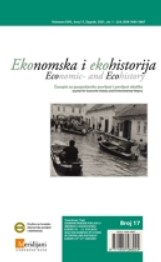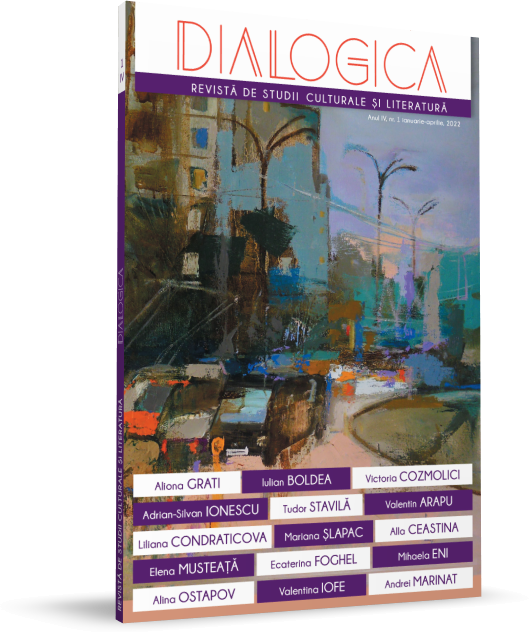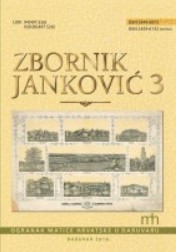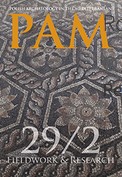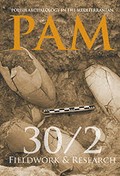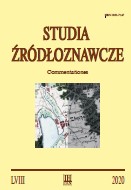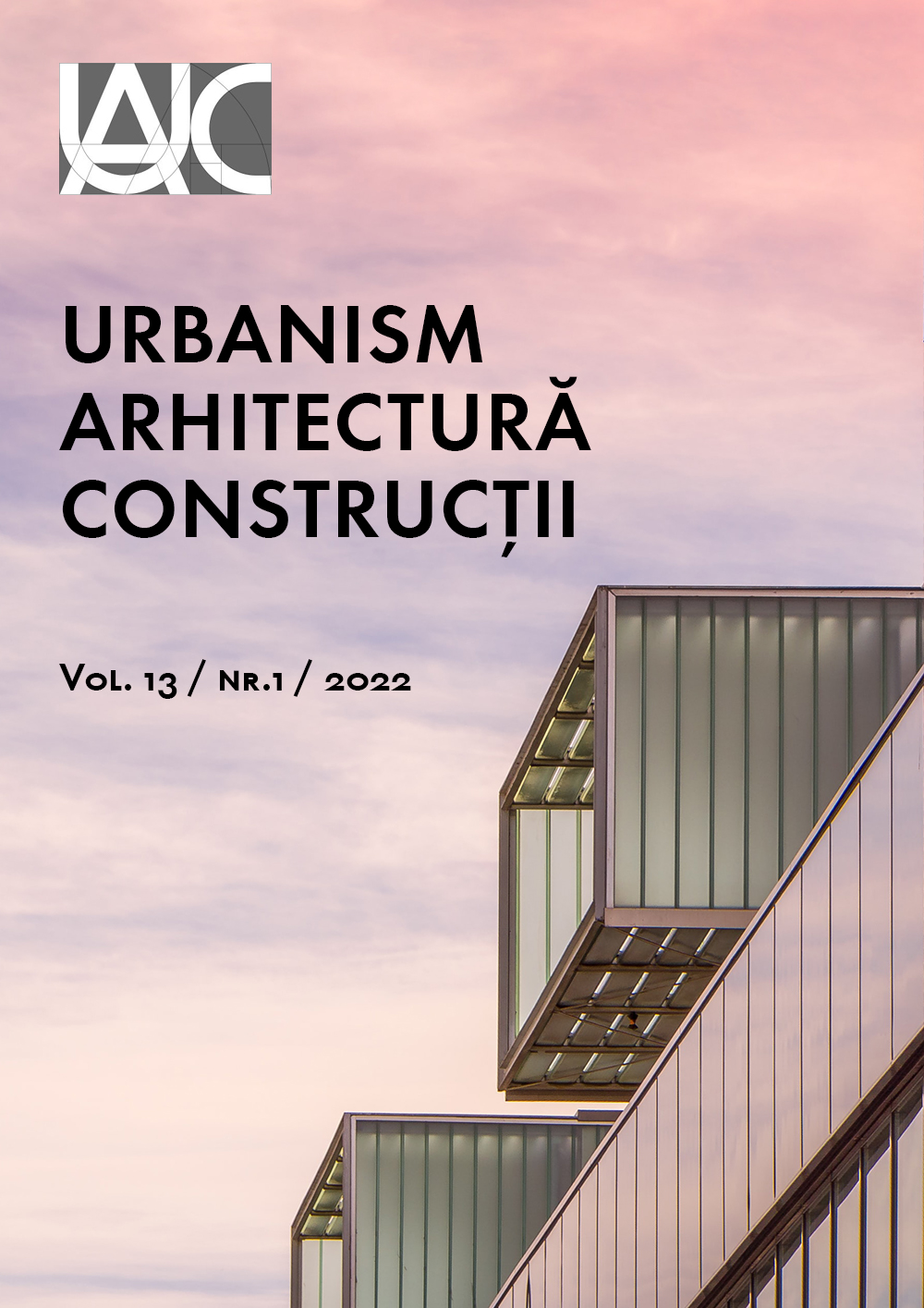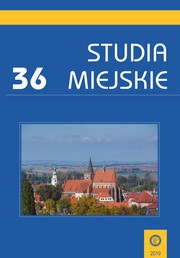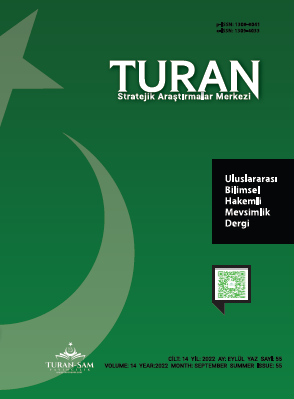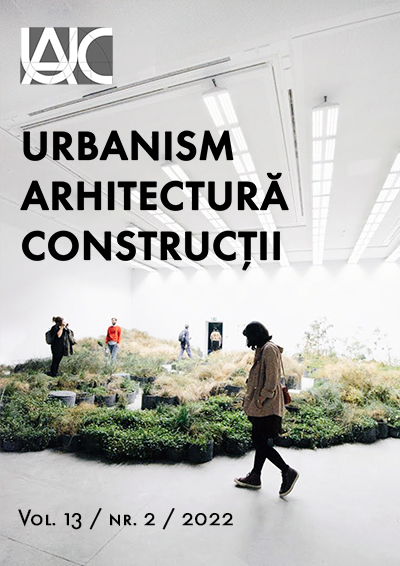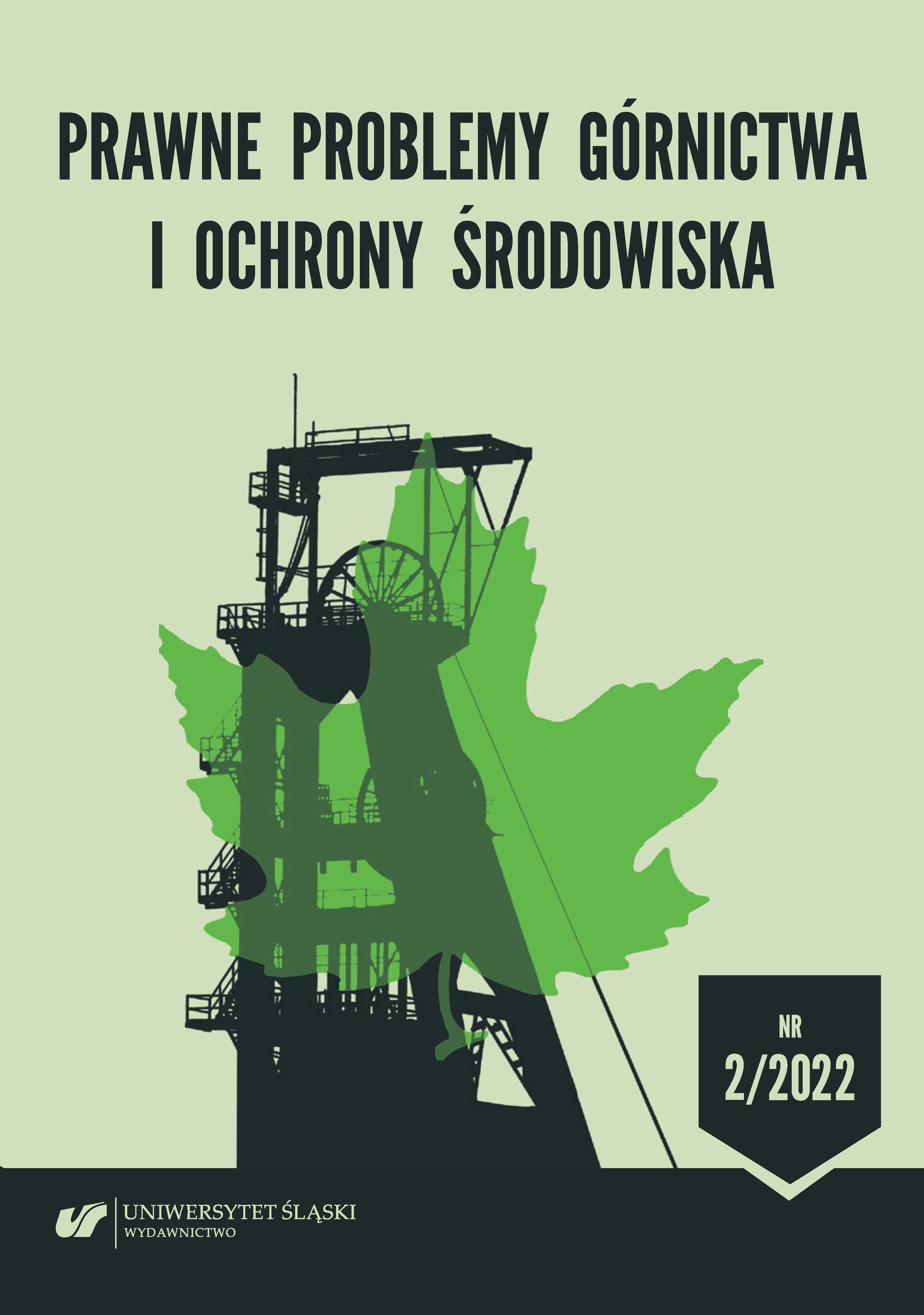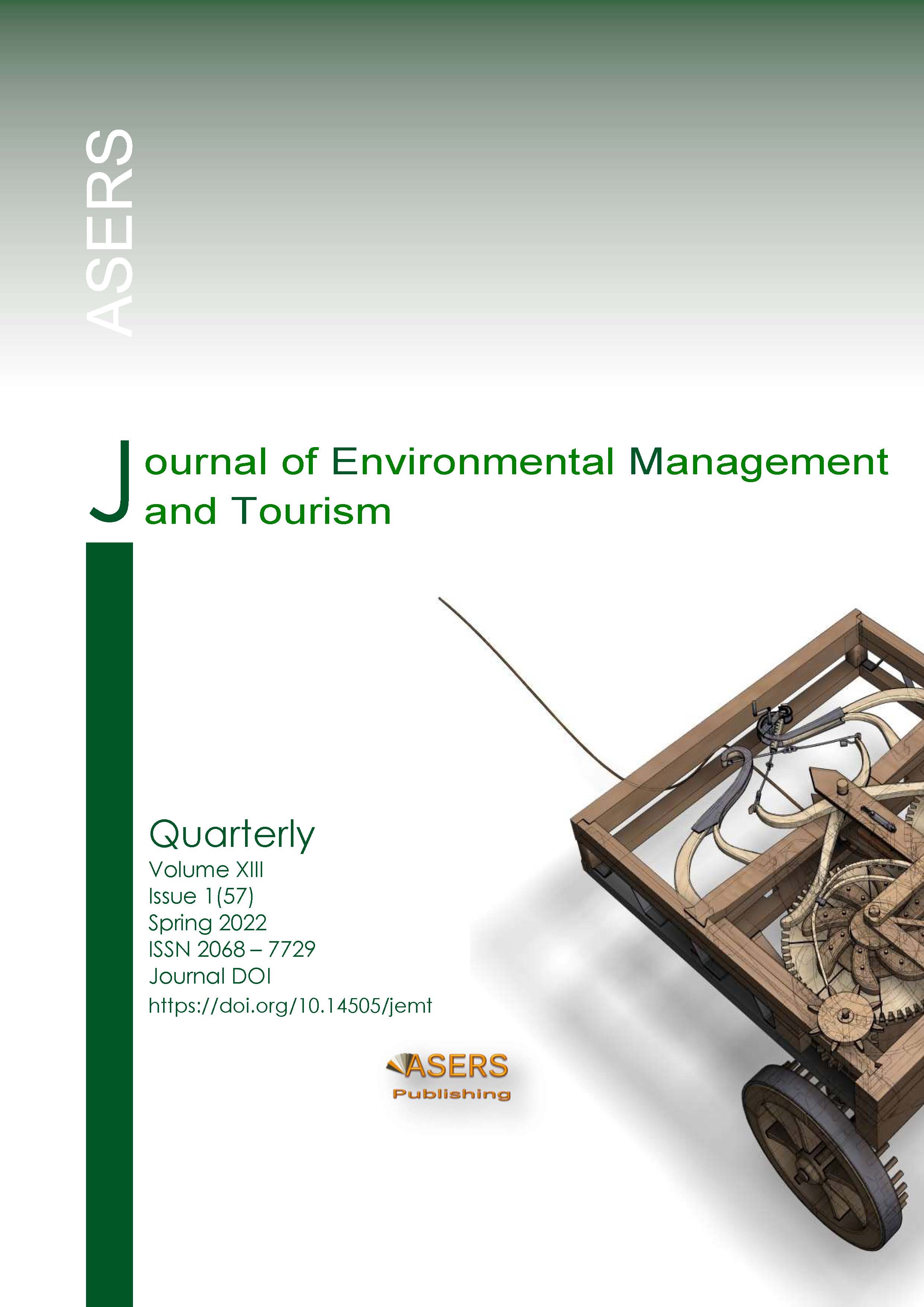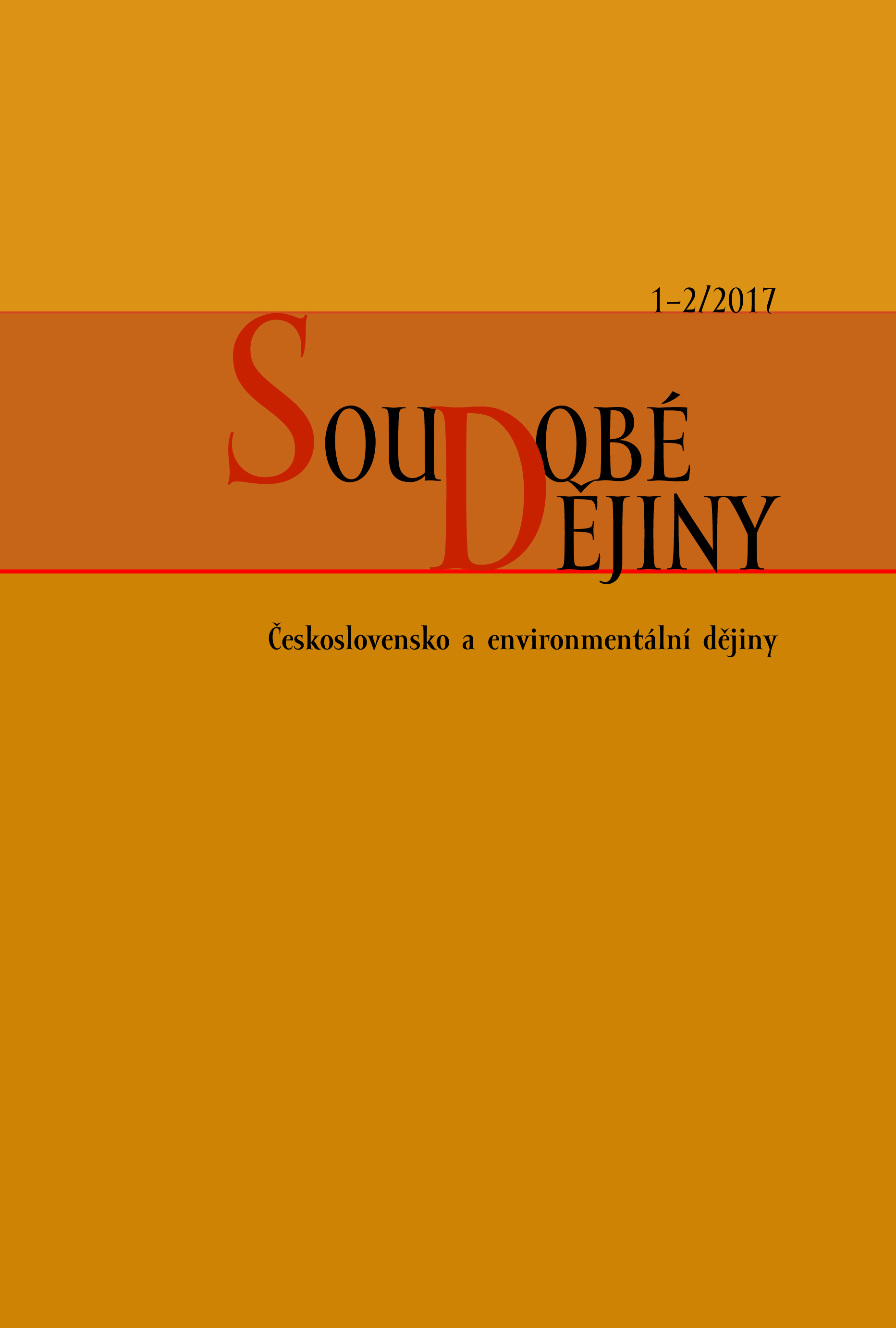
Hydrokraté a česká vodohospodářská mise ve dvacátém století (1930–1960)
The article focuses on the unquestionably most important period of construction of hydraulic infrastructures in Czechoslovakia, i.e. the 1950s. The massive construction of multi-purpose hydraulic structures, in particular dams and power plants, but also water mains, which was at that time taking place in the context of socialist industrialization, laid the foundations of the existing national water management system. It was led by a group of water management experts, so-called hydrocrats,which had been forming up since the 1920s. These experts were advocates of ideas of a modernistic water management mission aiming to rationalize and depoliticize water management and seeing full control of surface run off as an essential prerequisite of the future prosperity of the state and its population. According to the author, the era of Stalinism brought ideal conditions for the fulfillment of these visions (nationalization of hydraulic structures and water resources, centralization of administration and investment activities, nature transformation ideas);at the same time, however, the traditional hydrocratic project was compromised by imperatives of productivism, which fact ultimately led to the abandonment of holistic ideas formulated in the 1949–1953 National Water Management Plan and a definite concentration on accumulation of water to satisfy needs of the industry and power engineering. Since 1956, there were pressures reacting to increasing environmental pollution levels and calling for a reassessment of the existing water management policy; as a consequence, the ideas of the water management mission were gradually corroding as well.
More...
